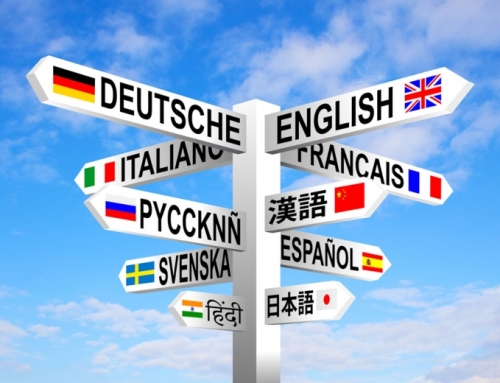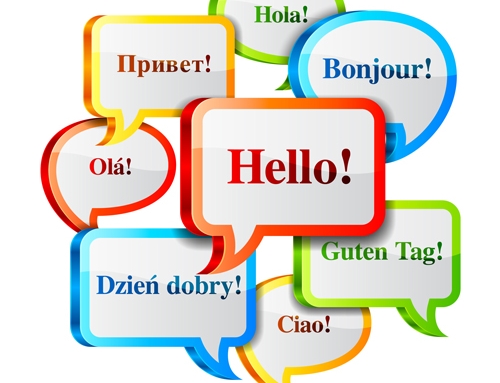As globalization expands the horizons for businesses, the potential to tap into international markets is more promising than ever. However, successfully navigating these new landscapes requires more than just a basic understanding of geography or a few memorized phrases. Overlooking critical details can quickly derail even the best-intentioned initiatives.
From our experience working with targeted audiences worldwide, we’ve observed that successful international ventures hinge on much more than just translating words—it’s about translating intent, culture, and meaning. Over the years, we’ve encountered various challenges that have refined our approach, from common-sense adjustments to deeper cultural insights.
A fundamental aspect of international business is the importance of language. When you decide to expand your reach to customers abroad, it’s essential to remember that simply translating your current website and marketing materials is not enough. Language is more than words; it encompasses context, tone, and cultural nuances that can drastically affect how your message is received.
Consider how dialects and regional language variations can impact communication. Within a single country, differences in accents and expressions can lead to misunderstandings. Now, extend this idea across international borders, and the complexity increases exponentially. For example, while English may be a common language, a conversation between someone from the UK and another from the US can still be fraught with differences in idiomatic expressions and cultural references.
Expanding into Latin America, for example, might seem straightforward because many countries share Spanish as a common language. However, assuming that one version of Spanish fits all is a mistake. Brazil, the largest economy in the region, speaks Portuguese, not Spanish. Moreover, even within Spanish-speaking countries, regional variations are significant. Marketing materials tailored for a Mexican audience might not resonate with consumers in Argentina, where colloquialisms and cultural references differ.
To ensure accurate and culturally relevant translations, we’ve found it invaluable to collaborate closely with local experts. These individuals can provide the necessary insights to adapt language and messaging to fit the local market. For instance, when one of our clients expanded into Thailand, partnering with local professionals helped us navigate the complex nuances of business etiquette and communication.
Another important consideration is the difference in text length when translating from English to other languages. For example, translating English content into French or German often results in a longer text, which means that additional space needs to be allocated in marketing materials. Understanding these nuances ahead of time allows for better planning and design adjustments.
Cultural expectations also vary widely, impacting how businesses should present themselves in different markets. What works in one country may not be appropriate in another. For example, while the use of scantily clad models at trade shows is no longer common in the U.S., in some regions, this approach is still an expected norm.
Social media habits also differ across regions. While platforms like X (formerly Twitter) or LinkedIn might dominate in Western countries, other regions may rely more heavily on platforms like WeChat or even Facebook. For example, we discovered that in some parts of Africa, Facebook serves as the primary means of business communication, often replacing traditional email or phone contact.
Finally, it’s important to recognize that technology use varies globally. While many companies in North America and Europe use advanced design software like Adobe Creative Suite, other regions may rely on older, more locally popular programs. For instance, in some parts of South America, CorelDraw is still widely used for graphic design, despite being less common in other regions.
As businesses look to seize the opportunities presented by global markets, it’s crucial to approach each new region with a deep understanding of local languages, cultures, and business practices. Whether by building in-house expertise or partnering with knowledgeable local experts, taking the time to adapt your approach is key to thriving in international markets.



